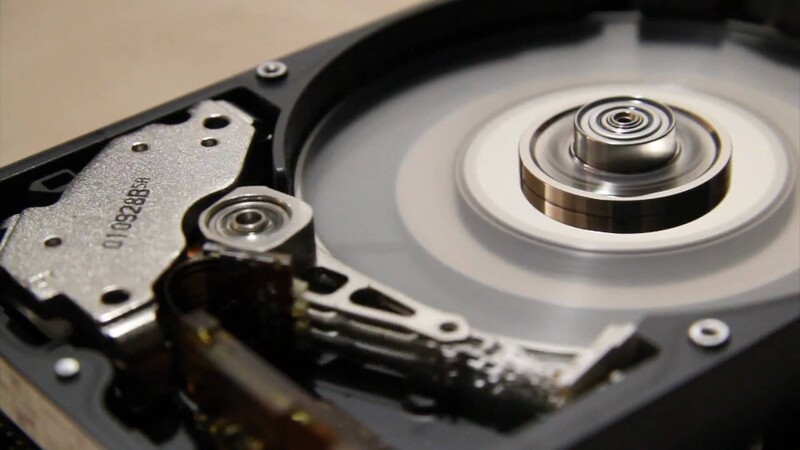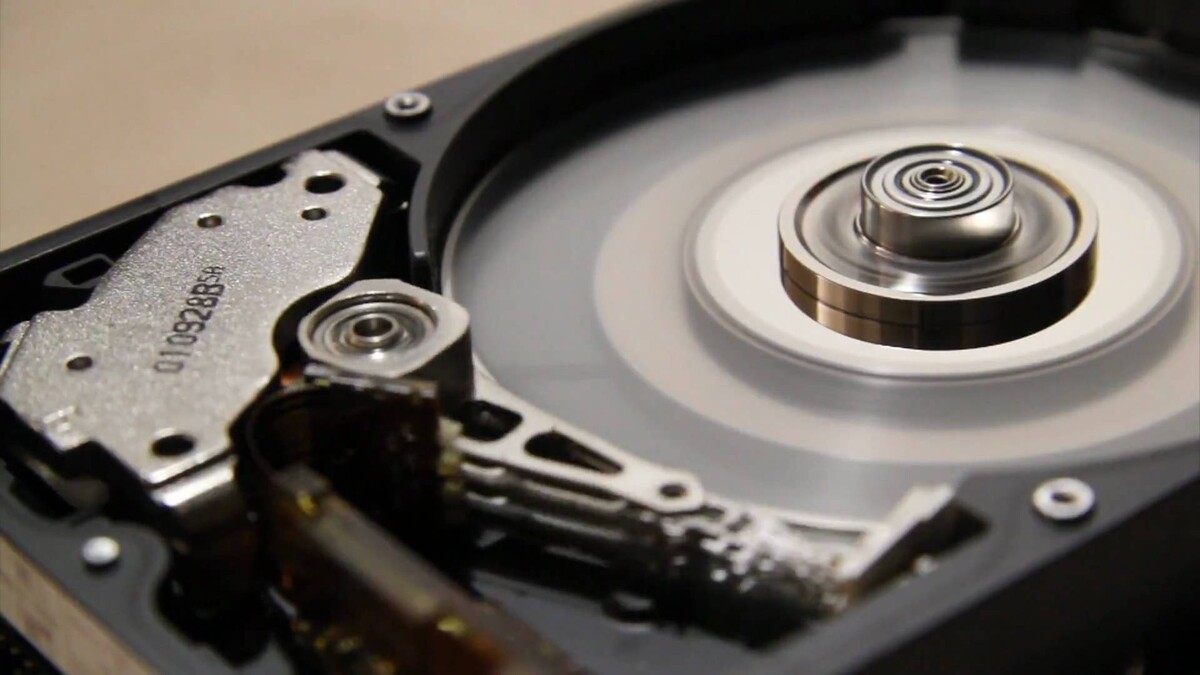RAID - Redundant array of independent disks
+ Add to Google News
- Tutorial
- en
- Mirela
- 4 years ago
- 2021-08-20 08:00:00
- comments
- : 1 minut 20 secunde
- image: Google images
RAID is an acronym for Redundant Array of Independent Disks. With RAID enabled on a storage system you can connect two or more drives in the system so that they act like one big fast drive or set them up so that one drive in the system is used to automatically and instantaneously duplicate (or mirror) your data for real-time backup.
level 0 -striping
Data is written across all harddrives in the array to accomplish fast disk performance,No redundancy is used.So the size of the logical RAID drive is equal to the size of all harddrives in the array.
level 1 -mirroring
All data is written to each disk in the array,accomplishing redundancy.The data is ‘mirrored’ on a second drive.This allows for easy recovery.
level 5 – combines stripping with parity
Data is written across all disks as in raid 0 but parity data is also written to one of the disks.Should a harddrive failure occur,this parity data can be used to recover the data from failed drive.
level 6 -RAID level 5 +dual parity
Data is written across all disks as in RAID 5 but two set of parity data is calculated
To get status of raid use the following command
#cat /proc/mdstat
To create a new raid
#mdadm –create /dev/mdX –level=–raid-devices=
ex:
#mdadm –create /dev/md0 –level=1 –raid-devices=3 /dev/sda3 /dev/sda4 /dev/sda5
Then create a filesystem for that
#mke2fs -j /dev/md0
To add a new partition to RAID
#mdadm /dev/md0 -a /dev/sda 8
To stop a running array
#madam -S /dev/md0
To remove a failed device
#mdadm /dev/md0 -f /dev/sda5
To monitor RAID devices
#cat /proc/mdstat #mdadm –query /dev/mdX #mdadm –examine /dev/sda6 (To monitor a particular component)
- powered by Verysign













